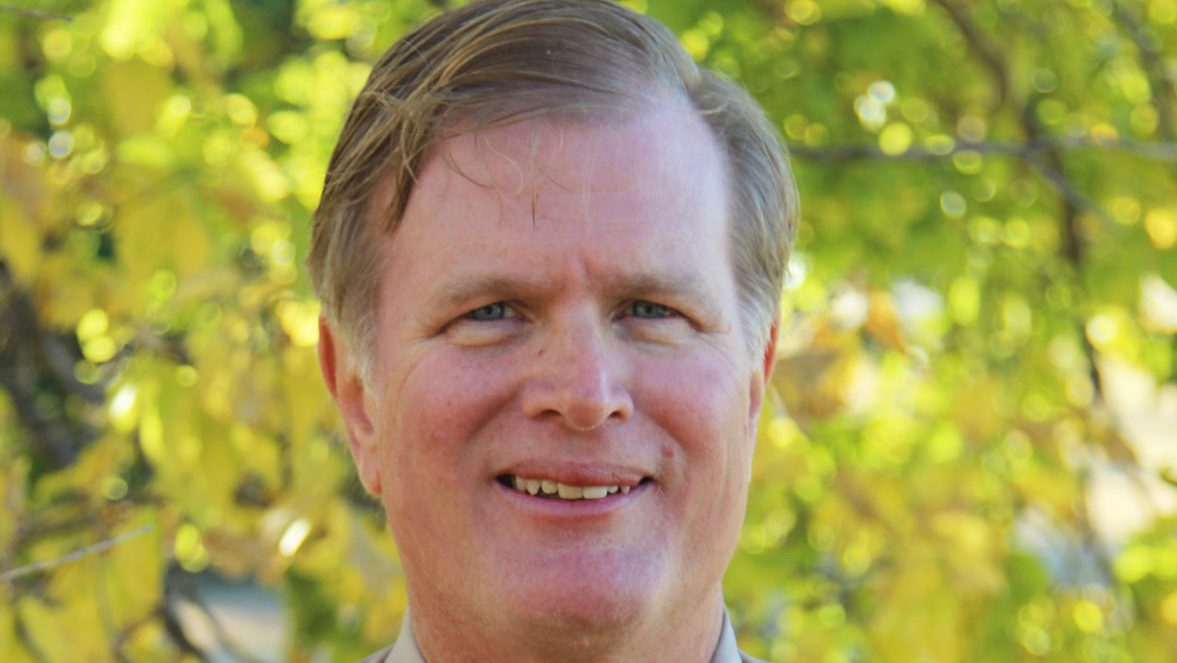A mean heat streak has added uncertainty and higher stress levels for farm and ranch families caught in a drought.
The 2022 summer—in some regions—is being compared to 1980, which set the dubious standard for wilting crops, ravaging pastures, and dried-up ponds. With fast rising interest rates, it doubled down on the farm crisis that dominated the decade.
Today’s heat and drought story has some similar parallels for operations that were hit hard in 1980. One difference is that this year some regions in each state have had good rains but they have been spotty. In the Sunflower State adequate and timely rain fell in eastern Kansas despite the high temperatures. For most of western Kansas, except those who have irrigation, the story is far different. According to DayWeather Inc., the weekly supplier of High Plains Journal’s Weather Watch map, Dodge City had received only 5.47 inches of precipitation through July 18, which is nearly 7 inches below the average.
On a recent trip to Liberal, Kansas, about 1 1/2 hours southwest of Dodge City, the heat and drought was telling along the travel route and pastures were non-existent. Many places in the western United States unfortunately have similar sights.
The National Agricultural Statistics Service’s most recent report showed the nation’s cattle inventory had declined by 2% in comparison to the previous year. As of July 1, the U.S. herd is at 98.8 million head. Key findings were the number of beef cows was down 2% although still at 30.4 million head. The U.S. calf crop was estimated at 34.6 million head, down 1% from 2021. The number of milk cows decreased to 9.45 million head.
Since winter, when Mother Nature seemed to turn the spigots off for many farmers and ranchers, experts and cattle producers alike have been closely reviewing strategies and seeking out advice to help them because decisions made today do have consequences. Culling part of the cow or bull herd is never easy idea but has to be done in context with rebuilding for the future. The decision has to also involve availability of feed and pasture. Not only is overgrazing shortsighted, but it also damages a pasture that may take several years to repair.
As farmers and ranchers weigh those decisions another common theme from experts and successful operators is to work closely with their lender and to monitor their own mental health. No one should be too proud to ask for help or a lend a friendly ear during difficult times. Even in busy times, take time to check on neighbors, particularly those who are elderly or live alone. It may have been a while since we’ve gone through such a stretch but a strong spiritual, mental, and physical base with the support of friends and family is the right recipe to get through these times with optimism alive and well.
Dave Bergmeier can be reached at 620-227-1822 or [email protected].

